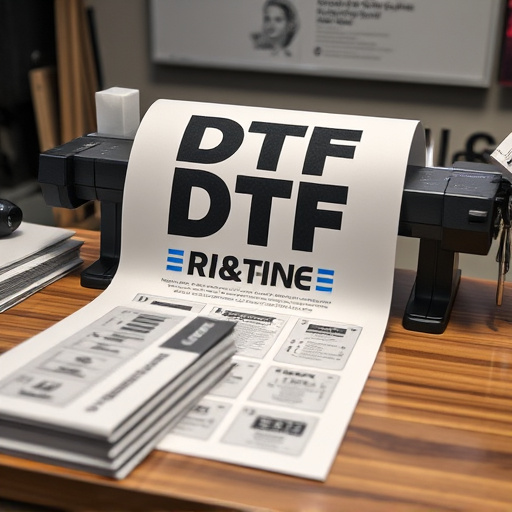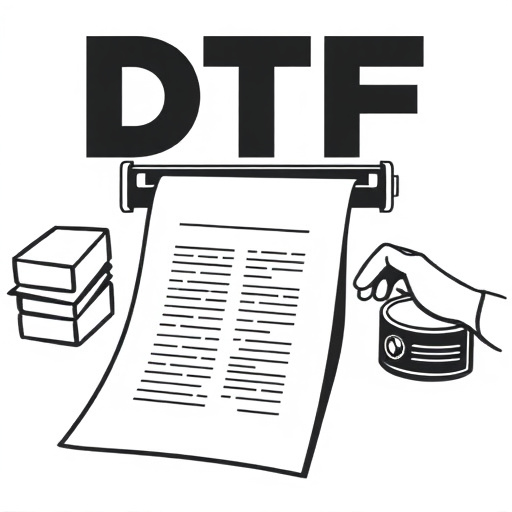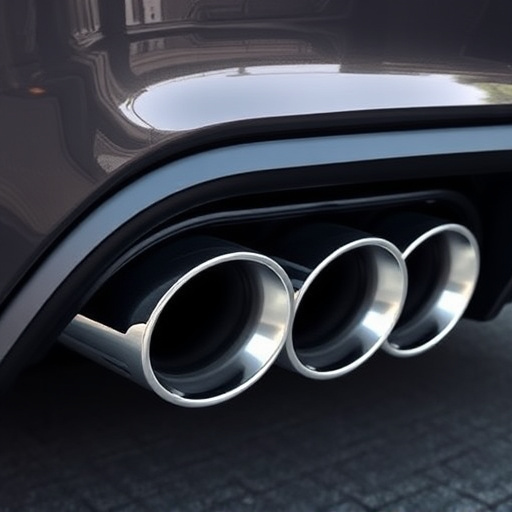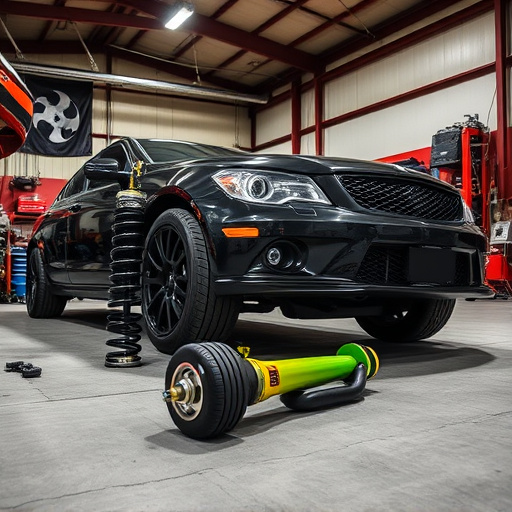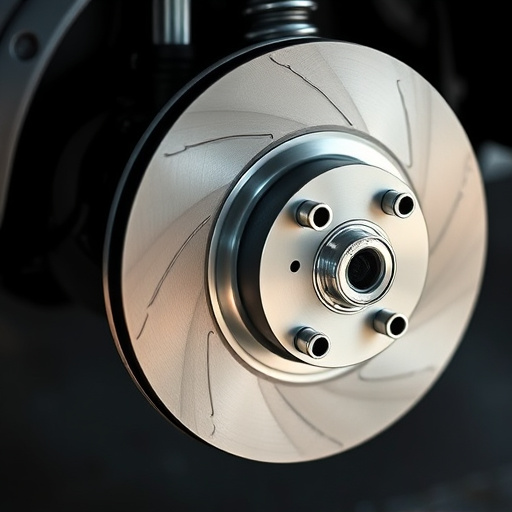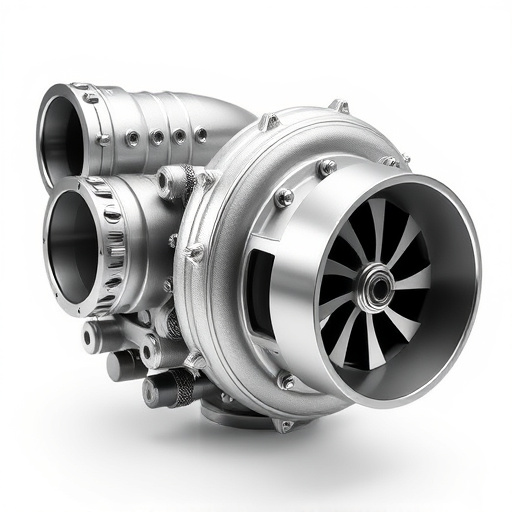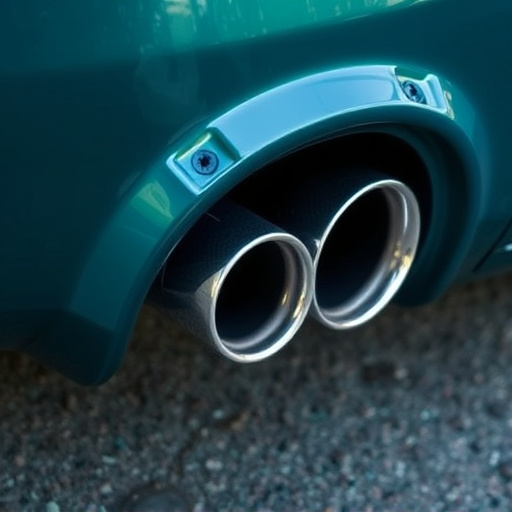Boost controllers are essential for high-performance vehicles with turbocharged or supercharged engines, managing boost pressure for optimal performance. By monitoring manifold pressure, speed, and temperature, these controllers deliver smooth boost curves, enhancing acceleration and driving dynamics, even with modifications like air filter kits. Regular maintenance and upgrades to complementary components further optimize performance by improving airflow efficiency and reducing backpressure, ensuring a harmonious boost system.
Looking to unlock your vehicle’s full performance potential? Discover the power of a boost controller, a crucial component for optimizing turbo or supercharger systems. This article delves into the intricacies of these devices, guiding you through the essential components and principles that deliver smooth, predictable boost curves. Learn effective strategies to fine-tune your boost controller for peak efficiency, ensuring both powerful performance and reliable control. Uncover the secrets to mastering boost management today!
- Understanding Boost Controllers: The Basics
- Key Components and Functionality for Smooth Boost Delivery
- Strategies to Ensure Predictable Boost Curves and Performance Optimization
Understanding Boost Controllers: The Basics
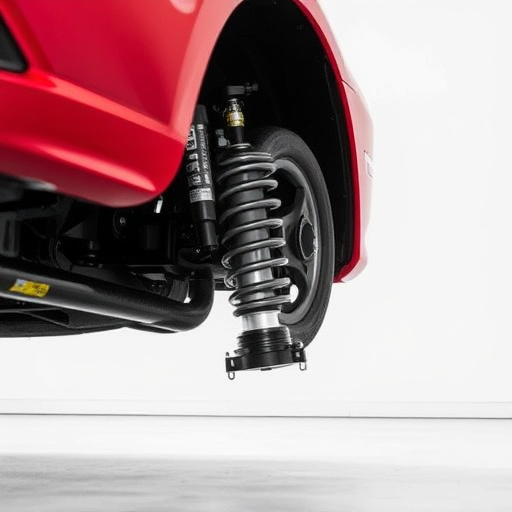
Boost controllers are essential components in vehicles designed for performance enhancement, particularly those with turbocharged or supercharged engines. These controllers play a pivotal role in managing and delivering boost pressure from the turbocharger or supercharger to the engine. At its core, a boost controller regulates the amount of compressed air entering the engine by controlling the valve that governs the flow from the turbo or supercharger.
The primary goal of a boost controller is to provide smooth and predictable boost curves, ensuring optimal performance and efficiency. It achieves this by monitoring various parameters such as manifold pressure, engine speed, and temperature. Based on these inputs, the controller adjusts the boost level accordingly, allowing for precise control and responsiveness. This precision is crucial when enhancing vehicle performance, especially with modifications like air filter kits or coilover kits, where a well-regulated boost can significantly improve acceleration and overall driving dynamics, complemented by high-performance air filters for optimal airflow.
Key Components and Functionality for Smooth Boost Delivery

A boost controller is a sophisticated device that plays a pivotal role in delivering smooth and predictable boost curves in vehicles equipped with turbochargers or superchargers. To achieve this, it leverages several key components and functionalities. At its heart lies a precise sensor system that continuously monitors engine parameters such as manifold pressure and air flow. This real-time data is then processed by an advanced algorithm, which calculates the optimal boost level based on various inputs including engine speed, load, and temperature.
The controller adjusts the boost pressure by controlling the flow of coolant or oil to the turbocharger or supercharger. This precise regulation ensures that the boost curve remains consistent and responsive across different driving conditions. Additionally, high performance parts like high-flow air filters, advanced ignition systems, and efficient exhaust mufflers contribute to the overall smoothness and efficiency of the boost delivery system. These components work in harmony with the boost controller to optimize power output while maintaining drivability and fuel economy.
Strategies to Ensure Predictable Boost Curves and Performance Optimization
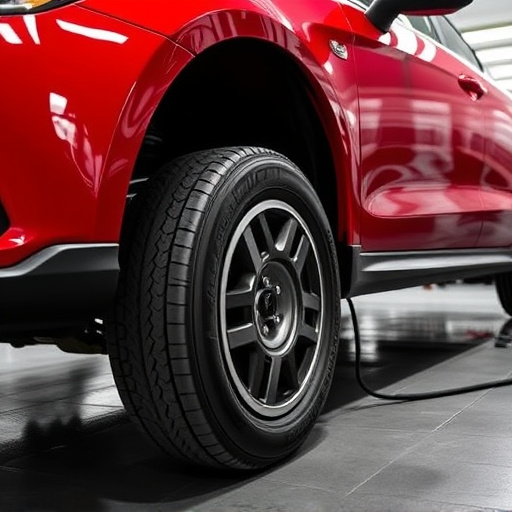
To ensure smooth and predictable boost curves, optimizing performance requires a multifaceted approach. Firstly, integrating advanced boost controllers is pivotal. These sophisticated devices meticulously regulate air intake and exhaust systems, ensuring precise control over turbocharger operation. By continuously monitoring various parameters like engine speed, throttle position, and manifold pressure, they deliver seamless power delivery.
Complementing this, regular maintenance and upgrades of essential components such as air filter kits, brake pads, and muffler tips play a significant role. Keeping these parts in optimal condition enhances airflow efficiency, reduces backpressure, and contributes to overall system harmony. This, in turn, facilitates more consistent boost levels, thereby enhancing both engine performance and drivability.
A boost controller is an essential component in optimizing vehicle performance, offering precise control over turbocharging or supercharging systems. By understanding the basic principles and implementing key strategies, as discussed, you can ensure smooth and predictable boost curves. This enables not only enhanced engine power but also improved fuel efficiency and drivability, making it a game-changer for any automotive enthusiast or professional.




